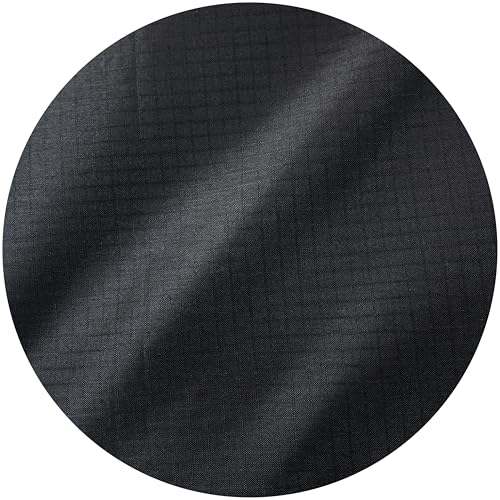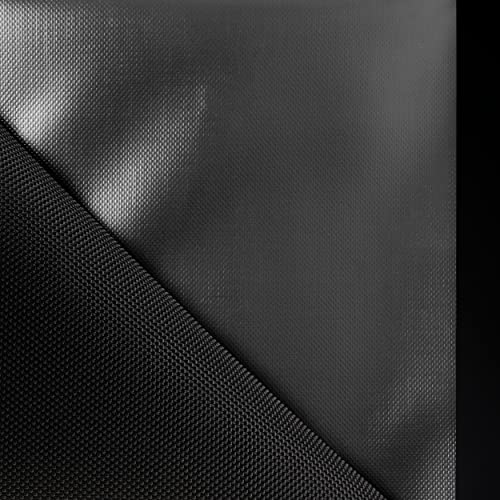What is a durable fabric and why is it important?
The durability of fabrics is a key factor when it comes to clothing, accessories and industrial materials that are designed to last. In everyday life, our clothes and objects are faced with a series of factors that can quickly wear them out, such as continuous use, exposure to external elements, abrasion or contact with fluids.
Therefore, the use of resistant fabrics is essential to guarantee durability, functionality and quality in our garments and products.
A durable fabric is one that has been specifically manufactured to withstand demanding conditions. This means it resists wear, tear, fluids, and even extreme weather conditions or industrial pressure.
Whether we are talking about outerwear, sports equipment or industrial fabrics, their durability defines how long they will remain functional and in good condition.
Key features of durable fabrics
Durable fabrics share several key characteristics that distinguish them from other, more conventional fabrics. These qualities are critical for their use in specific situations:
- Tear and Abrasion Resistance: These fabrics are designed to withstand continuous use without tearing or wearing out easily.
- Waterproof: Many durable fabrics are waterproof, meaning they can repel water or fluids, keeping the interior dry.
- Long-term durability: The high-quality materials that make up these fabrics allow them to last much longer, even in adverse conditions.
- Resistance to weather conditions: In the case of outdoor fabrics, these are prepared to withstand exposure to sun, wind, rain and even extreme temperatures.
- Chemical Resistance: Industrial protective fabrics are often designed to resist certain harsh chemicals, preventing damage to fabrics.
Types of resistant fabrics and their applications
There are different types of resistant fabrics, each adapted to specific needs and applications:
Fluid resistant fabrics
One of the most sought-after features today is the ability of fabrics to be fluid-resistant. In a medical or industrial context, fluid resistance can be the difference between safety and discomfort. These fabrics are commonly used in protective clothing, medical equipment, and work uniforms, ensuring that water, blood, sweat, or other liquids do not seep through the clothing.
An example of this type of fabric is fluid-resistant fabrics, which can be found in medical gowns or chair pads. These materials are not only resistant to liquids, but are also easy to clean and maintain.
Outdoor fabrics
Outdoor fabrics are essential for the creation of products exposed to extreme weather conditions. These fabrics are generally:
- UV resistant: This means they do not fade or weaken when exposed to sunlight.
- Waterproof or water-repellent: They can withstand rain without absorbing water, maintaining their structure and shape.
- Wind and cold resistant: Ideal for winter clothing and camping equipment.
This kind of outdoor fabric is widely used in outdoor furniture, tents and mountaineering clothing.
Industrial wear resistant fabrics
In the industrial field, fabrics need to withstand constant friction and wear without losing their functionality. Wear-resistant industrial fabrics are used in the manufacture of gloves, protective suits, and machine components. They are designed to withstand harsh environments such as factories, workshops, and construction.
These fabrics are often characterized by multiple layers and are made from high-strength fibers such as Kevlar or reinforced nylon, which can offer additional protection against impacts or chemicals.
How to choose the right durable fabric for your needs?
Selecting the right durable fabric depends on the intended use. Some considerations to keep in mind include:
- Type of exhibition: Will the fabric be exposed to the elements? Does it need to withstand fluids or chemicals?
- Frequency of use: For products that are used daily, such as work clothes, a fabric with greater wear resistance will be needed.
- Comfort Level: Some durable fabrics can be stiff, so it’s important to balance durability with comfort, especially if they’ll be used for clothing.
- Specific Application: If you are looking for an outdoor fabric, waterproofing and UV resistance are critical, while in industry, tear resistance will be more important.
Innovations in the manufacture of durable fabrics
Durable fabric technology has advanced considerably in recent years. New fibers and fabrics, such as polyamide blends or polyurethane coatings, offer greater protection against tears, abrasions and exposure to chemicals. In addition, many of these materials are now more sustainable, using eco-friendly production techniques that reduce their environmental impact.
Care and maintenance of resistant fabrics
While durable fabrics are designed to last, it is important to know how to properly care for them to ensure their durability. Here are some key tips:
- Proper washing: Some fabrics, especially waterproof ones, require special washing to avoid damaging their water-repellent ability.
- Storage: Storing these fabrics in dry places away from direct sunlight prolongs their useful life.
- Repair of tears: Although they are resistant, some tearing may occur. It is important to repair it immediately using strong stitches or patches specific for this type of fabric.
Durable fabrics are an essential part of our daily lives, both in clothing and industrial products. Knowing how to choose the right one and properly care for these fabrics can make all the difference in their performance and durability over time.






